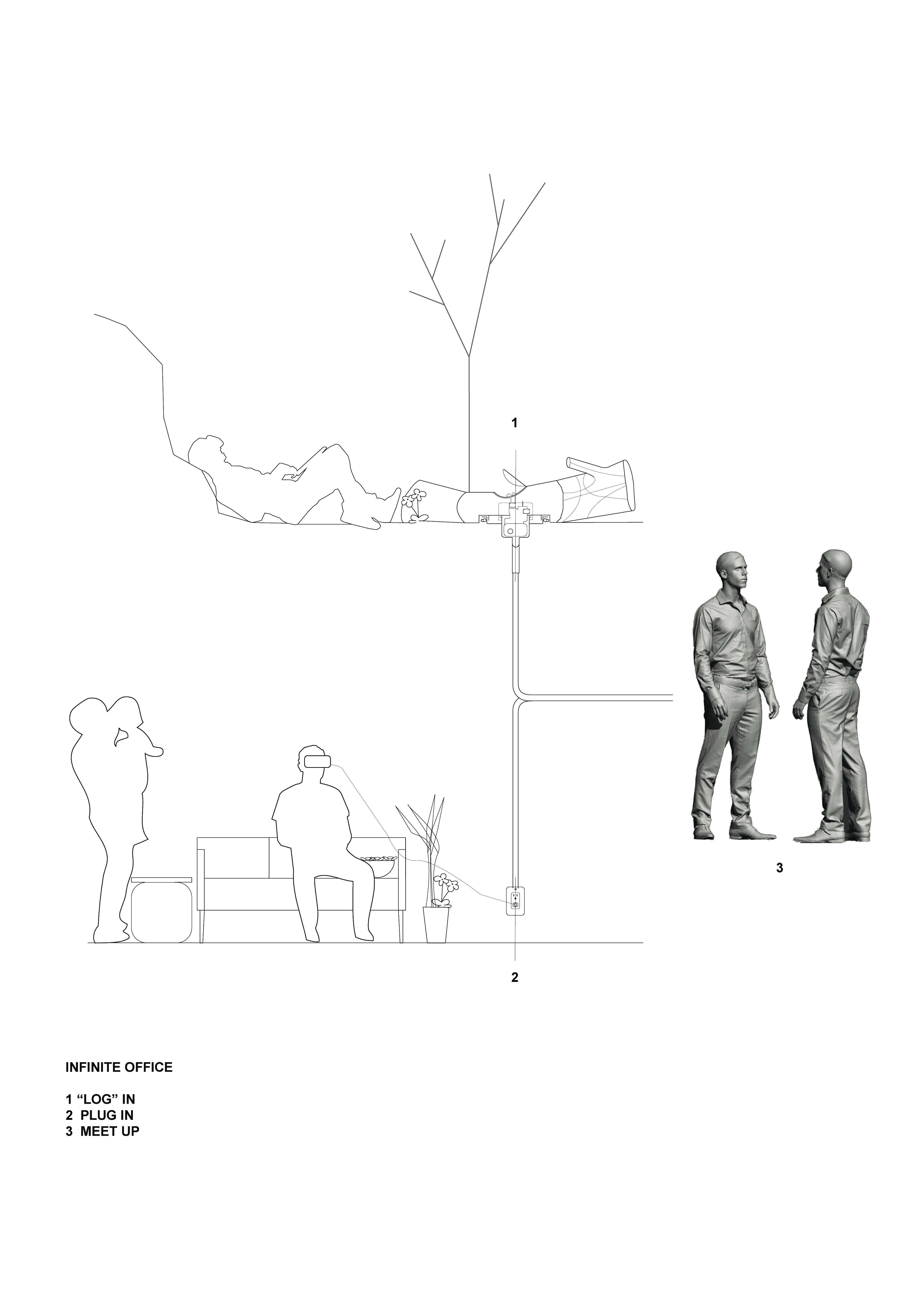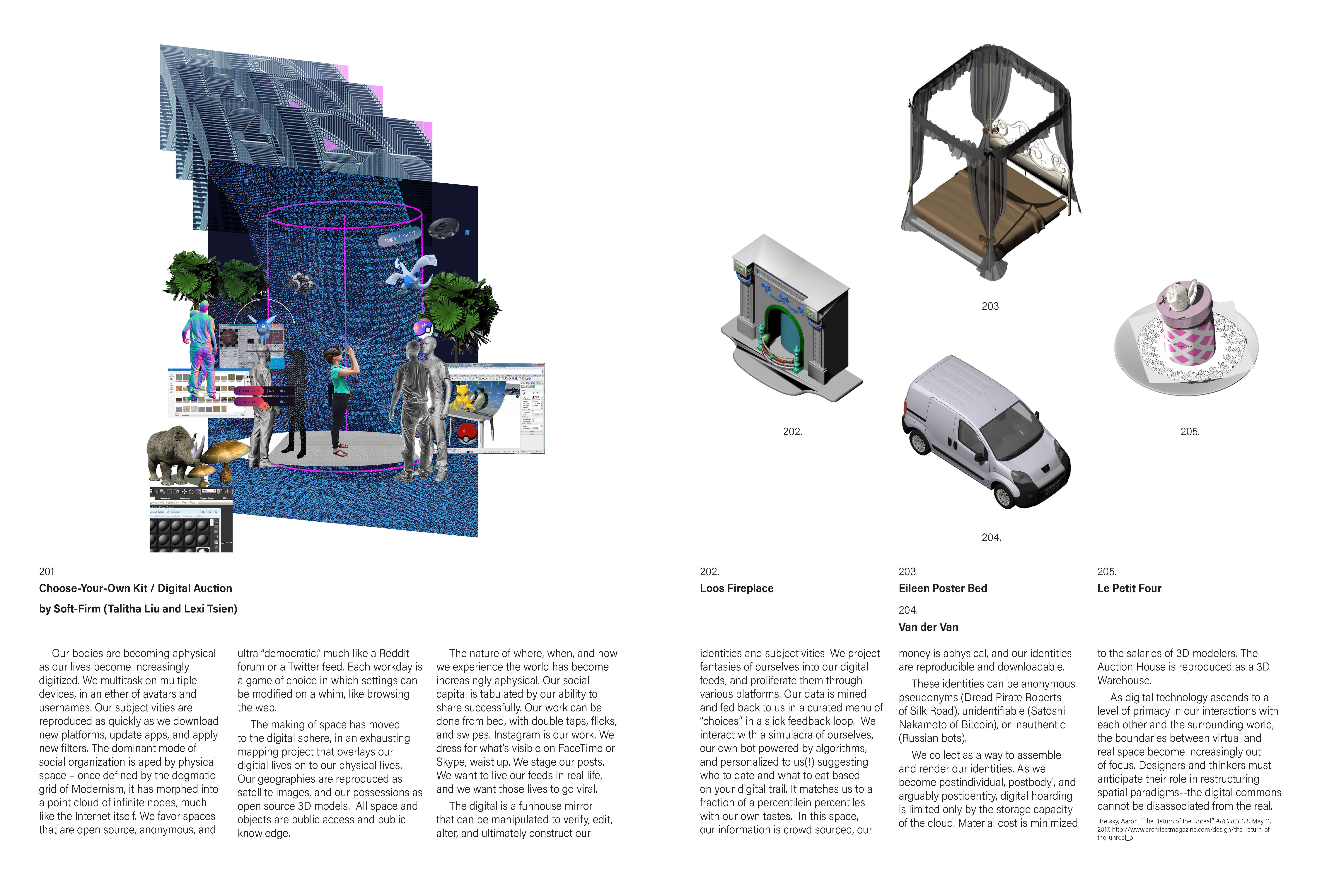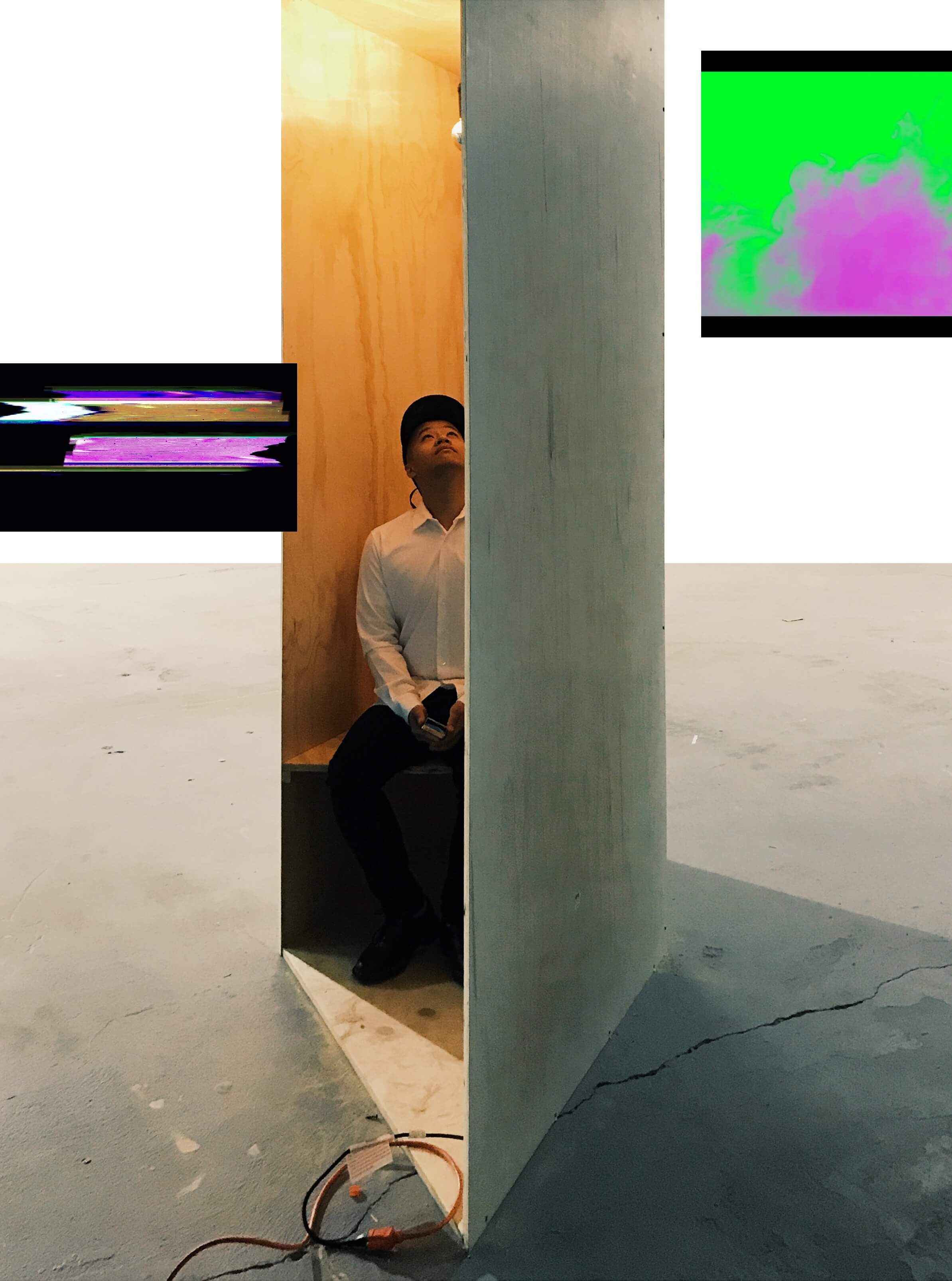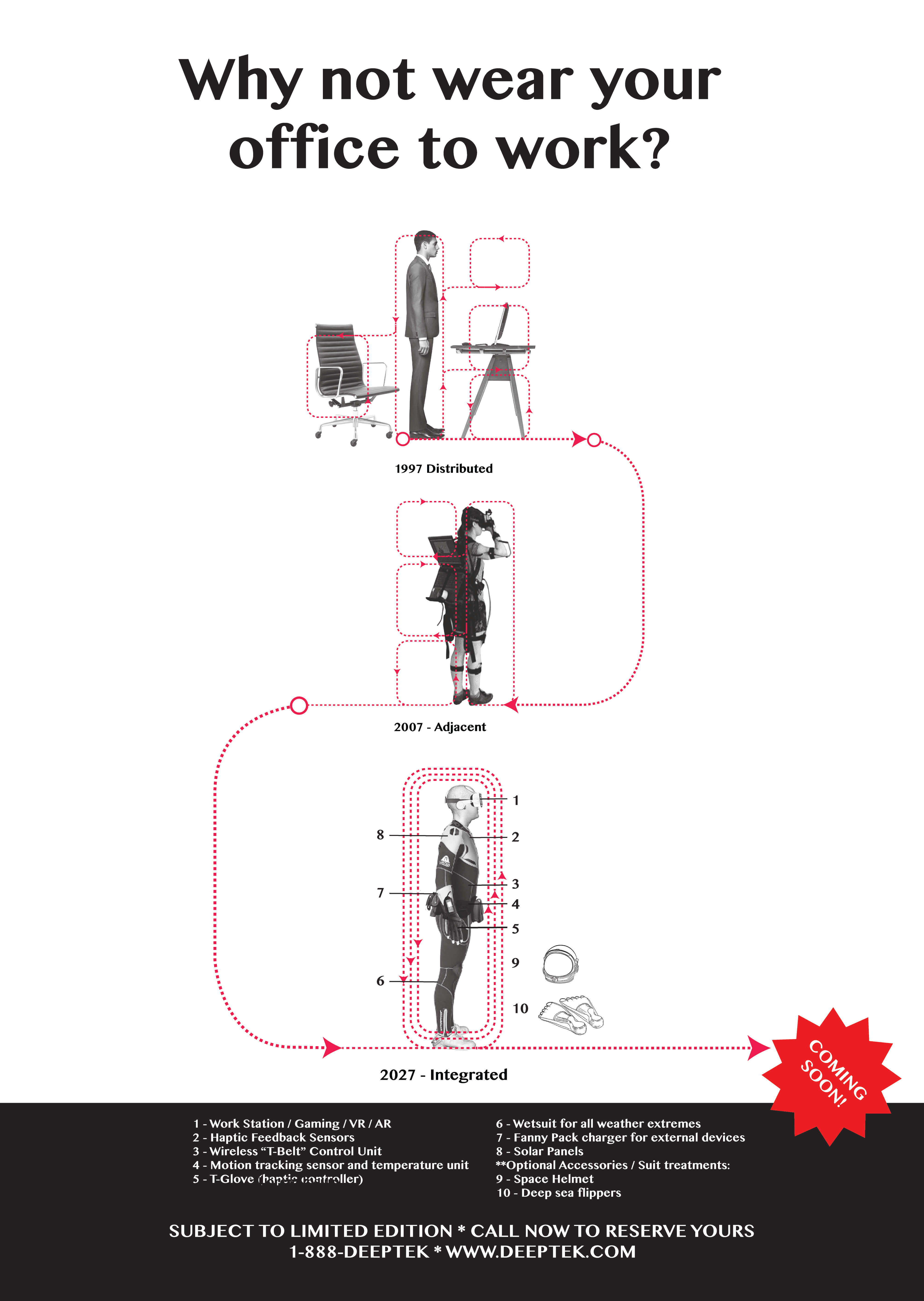Countercanonical Living
What IS “canonical”? Is the “canon” supremacist by definition? Reimagining the Glass House by Philip Johnson inhabited by everyday people living everyday lives. Work developed with Non-Doméstico and Flora Estudio.
+ Design Yard Sale
+ Non-Doméstico
What IS “canonical”? Is the “canon” supremacist by definition? Reimagining the Glass House by Philip Johnson inhabited by everyday people living everyday lives. Work developed with Non-Doméstico and Flora Estudio.
+ Design Yard Sale
+ Non-Doméstico
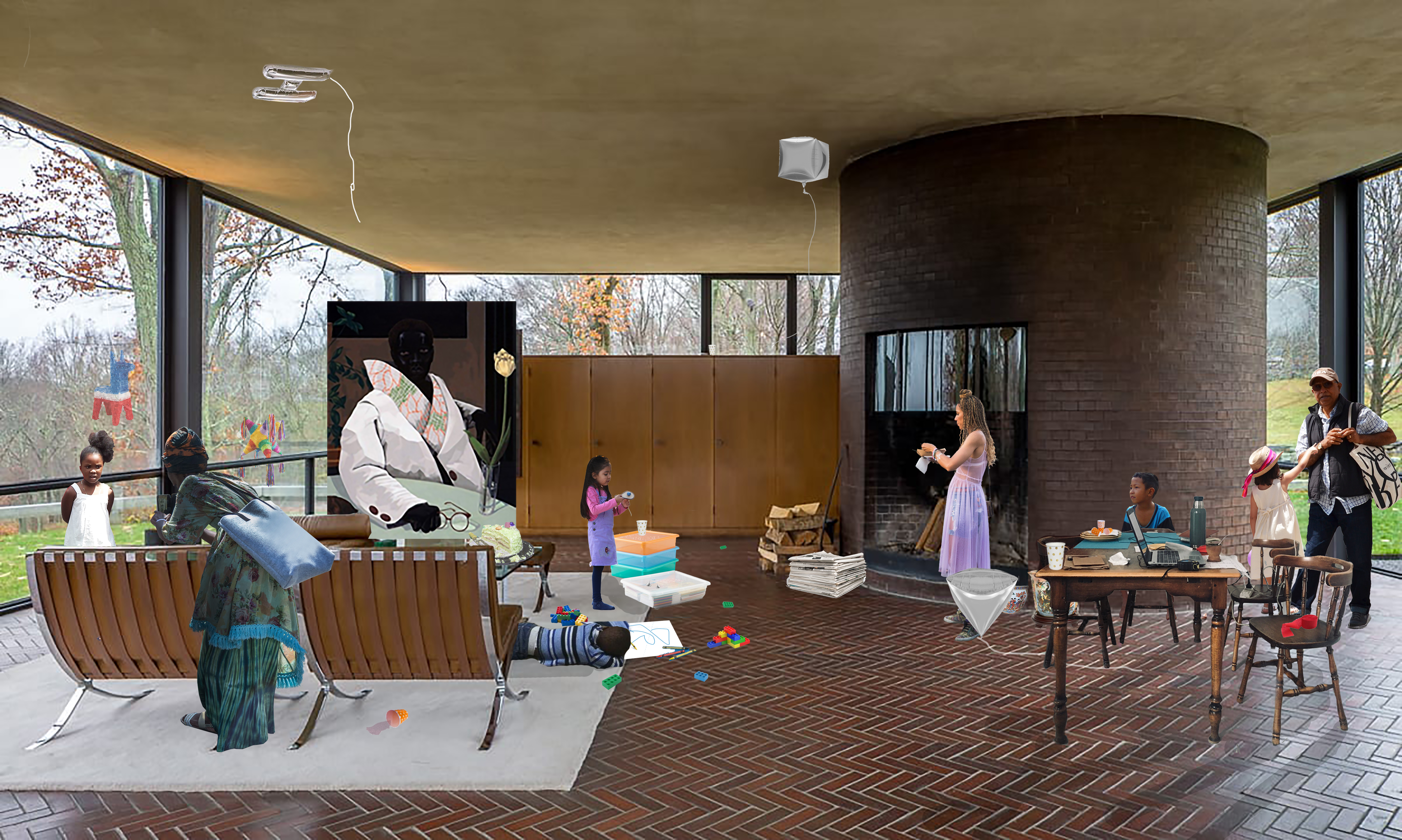

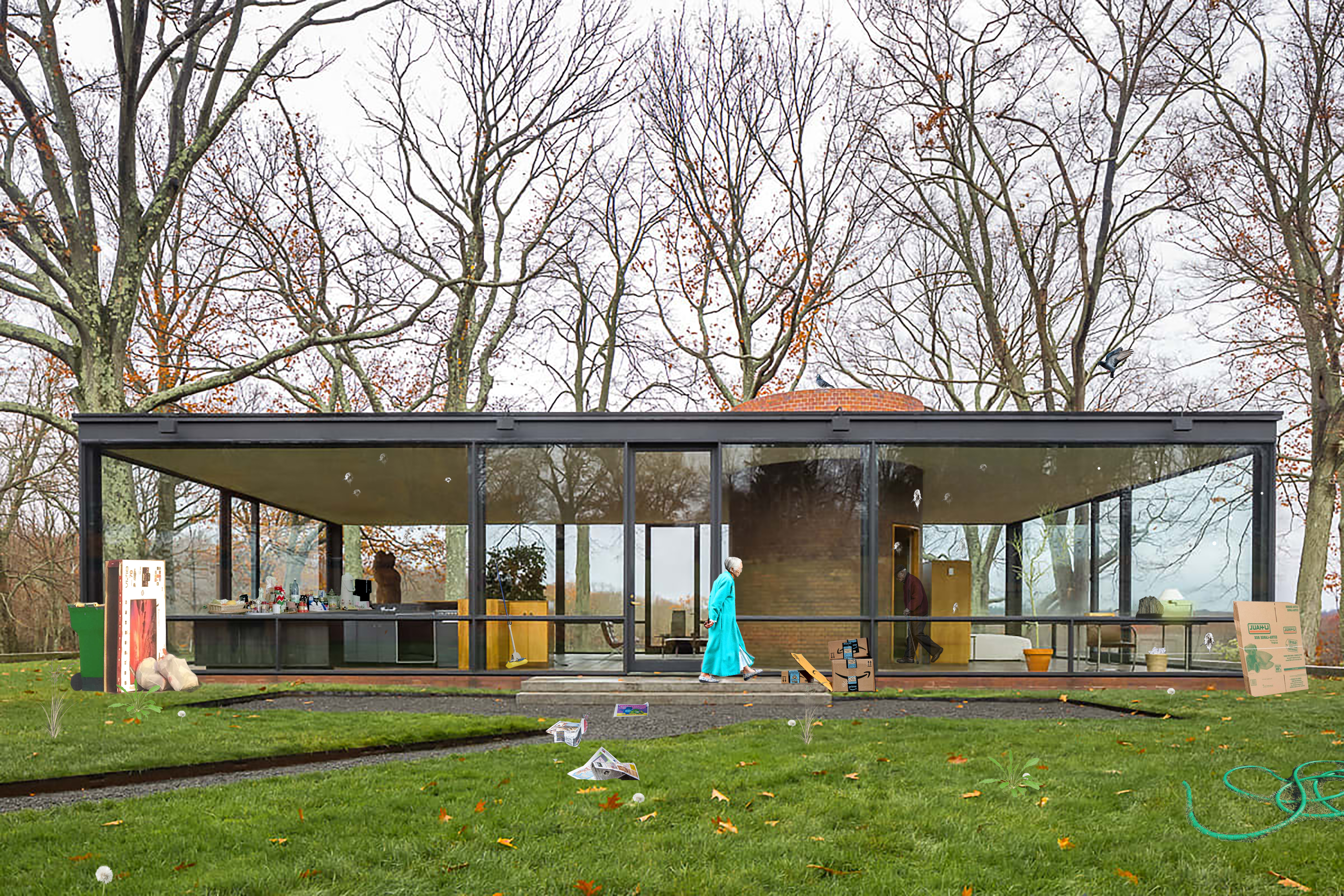
We Can Fit
Citygroup exhibition - “Form in Rem
New York, NYC
Citygroup exhibition - “Form in Rem
New York, NYC
One Manhattan Square is designed to cater to diverse subjectivities, lifestyles, situations, and income levels. The plan is not necessarily reinvented, however, it is adapted to fit the trends, forces, and realities that keep populating New York City residential buildings. The plan is a drawing type that can both “determine” but also “accomodate” life, it is both active form and stuff container. The plan also reflects occupation, the different forms of appropriation of inhabitants, short and tall, residents or tourists, any gender preference, and in any socially normative grouping or not. The plan organizes, or so we believe, yet it is–particularly in the residential realm–our lost battle with its occupants. Our agency strives in the principle of organization but as it has been clearly stated elsewhere, we have no effect of permanence as owners can reconfigure walls as they wish. Unlike other professions such as law or medicine, the authority of design is conveyed only momentarily through an idealized plan of living which loses its potency as soon as the work has been delivered. The plan is also opportunity, a tool to have access to inhabitation and real living, the unexpected, the forced, or inevitable schemes for surviving in a city that expulses its residents, transient or not, into the margins or beyond.
Reconfiguring unit sizes, unit entrances, amount of access, number and size of rooms, can open-up possibilities for reorganization for a common “we,” more inclusive and more affordable, however, is precisely the lack of (or very limited) agency on the process of making, designing, and constructing renewed organizations that constrain our capacities to have a significant effect; unless we are the designers, developers and contractors disinterested in reproducing the current paradigms of ownership and real estate. This is a rather difficult reality. However we can imagine differently, we can register and document the modes of inhabitation that could emerge under these circumstances, this is, under the pressure of living–and surviving, in less expected configurations of “stuff.”
Real living is in fact, in rem of the idealized plans and renderings. There’s no irony in the building’s promoter’s render of a white woman, long light ironed-hair, almost self seduced by her new Dior shoes right next to a Gucci shopping bag, on a top room overlooking the north of Manhattan. That is, perhaps, the disjuncted reality that could live, or at least acquire these apartments. WE CAN FIT speaks to the real living, the living we experience ourselves, through our friend’s stories, through Craigslists ads, all who reveal the less ideal and more fitting reality. A reality full of stuff, of extra beds, or lonely people, of overcrowdedness, or inclusive social groupings that completely reconfigure the plan, not by redoing it, but by allowing us to fit.
+ Exhibited at Citygroup “Form in Rem”
+ Lexi Tsien and Marcelo Lopez Dinardi
+ Also featured on Non-Domestico
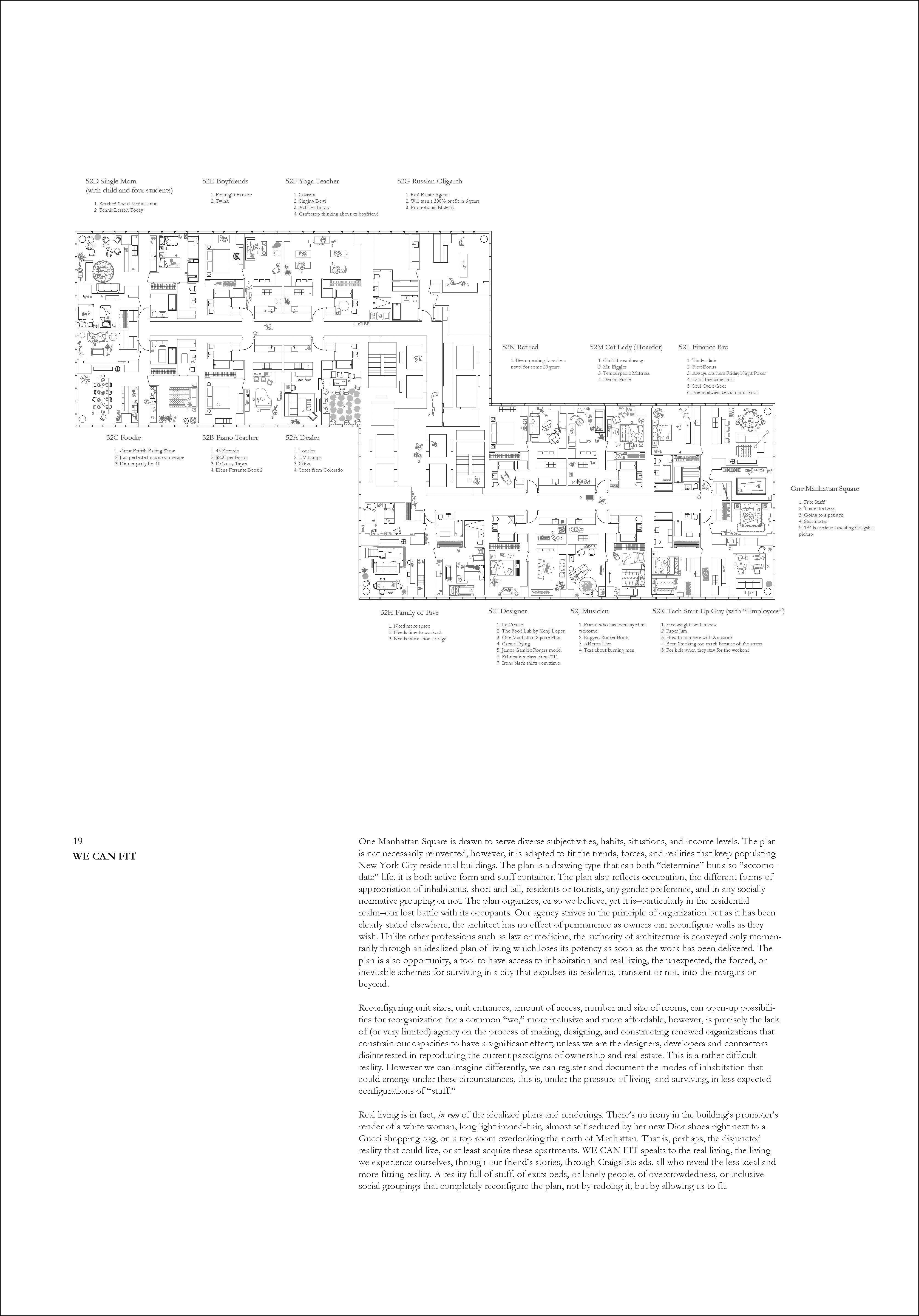
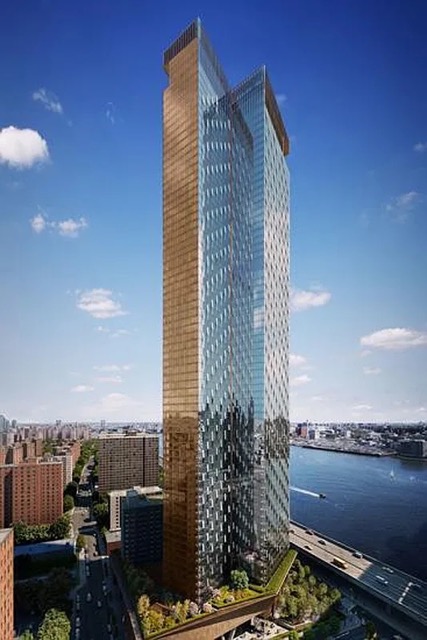
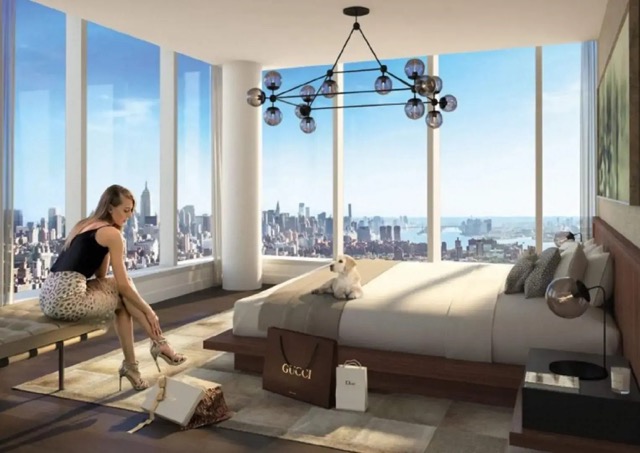
Vernacular Chinatowns
Observations on Chinese modes of seating and culture in the People’s Republic of China.
Observations on Chinese modes of seating and culture in the People’s Republic of China.

Without the Plan, Citygroup, NYC
59 Henry Street
Chinatown resilience - a proposal to turn a parking lot into affordable housing, a community garden, grocery, and plant store (instead of luxury condos) 🌱
![]()
![]()
![]()
59 Henry Street
Chinatown resilience - a proposal to turn a parking lot into affordable housing, a community garden, grocery, and plant store (instead of luxury condos) 🌱
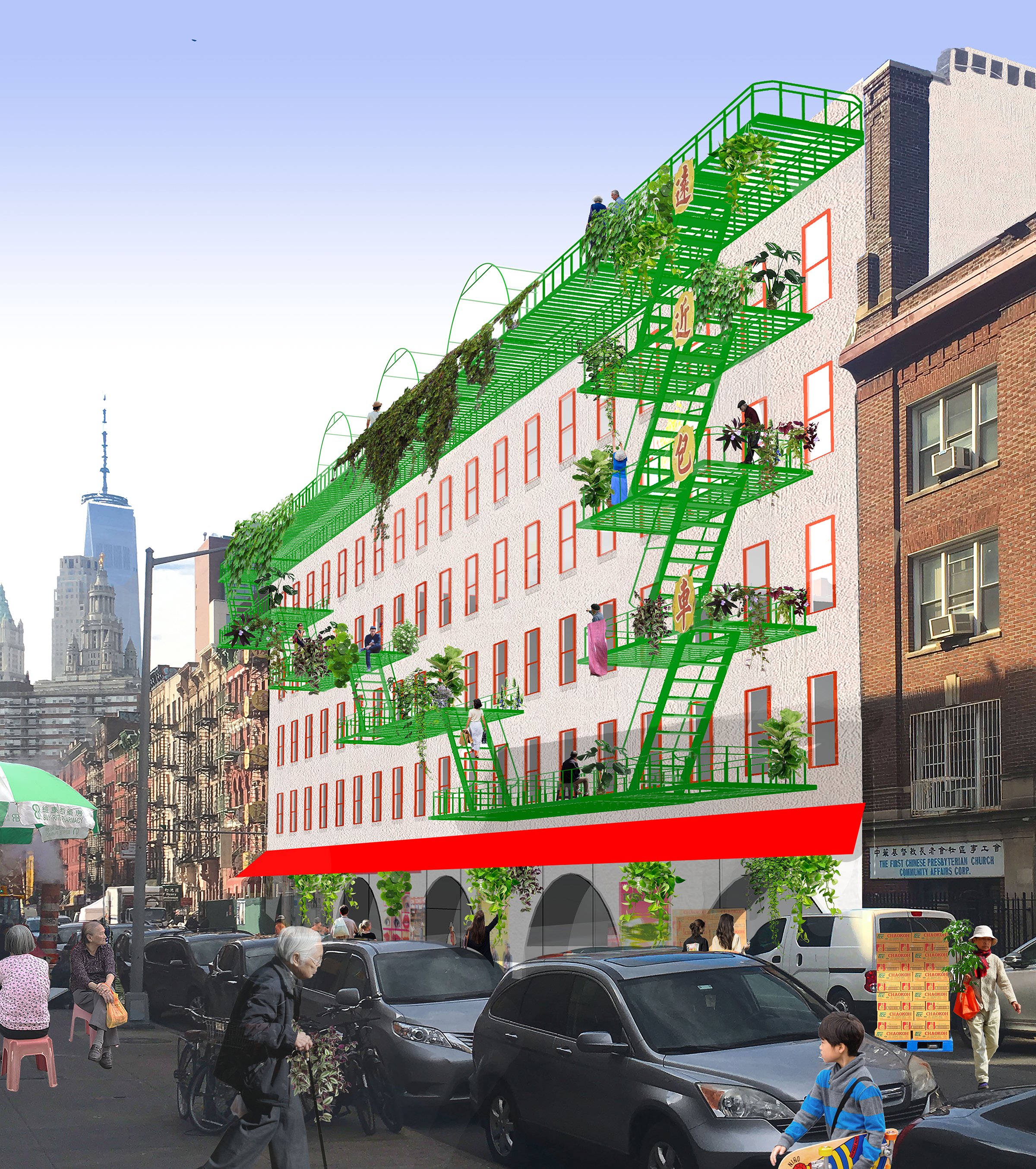
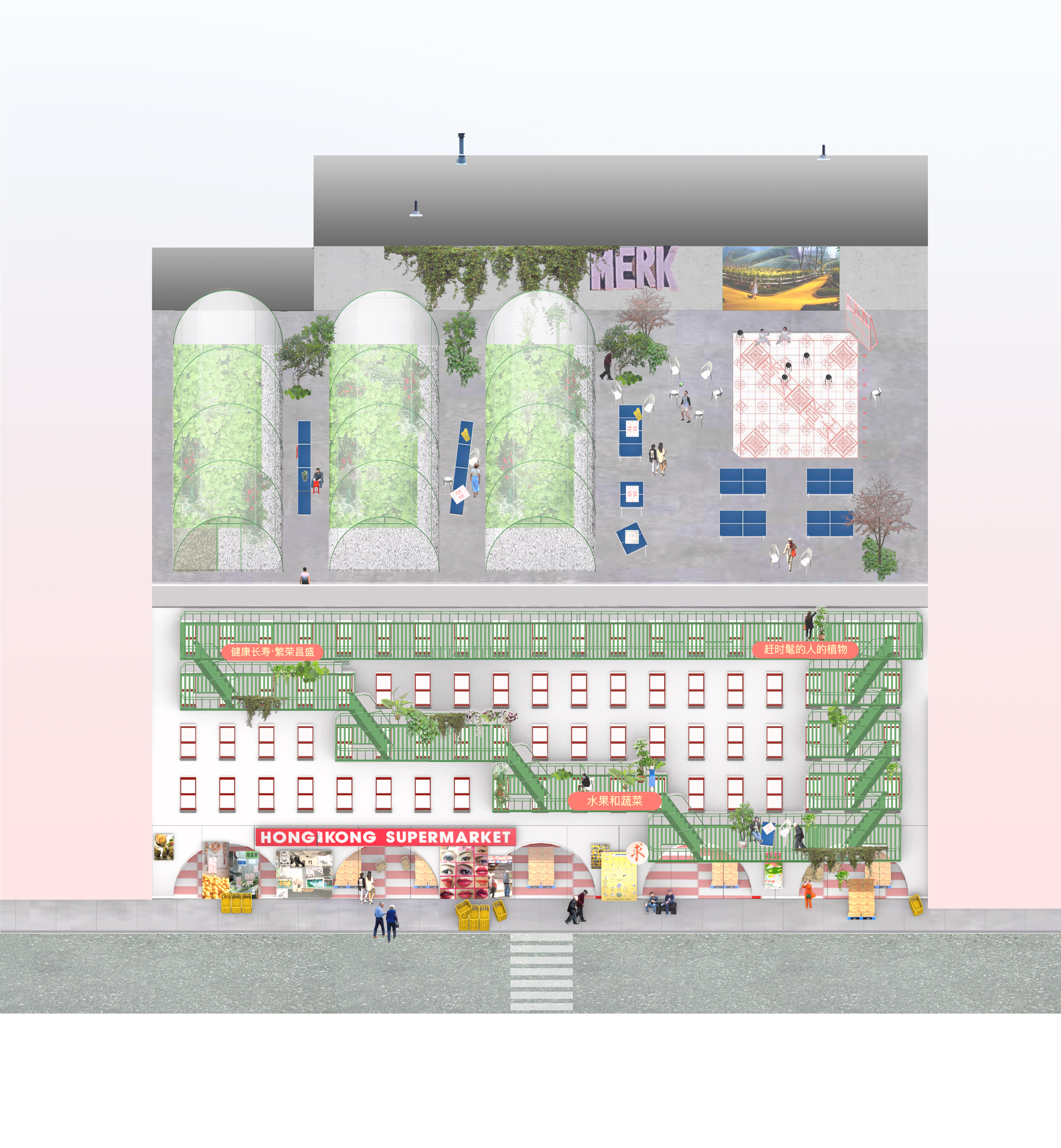
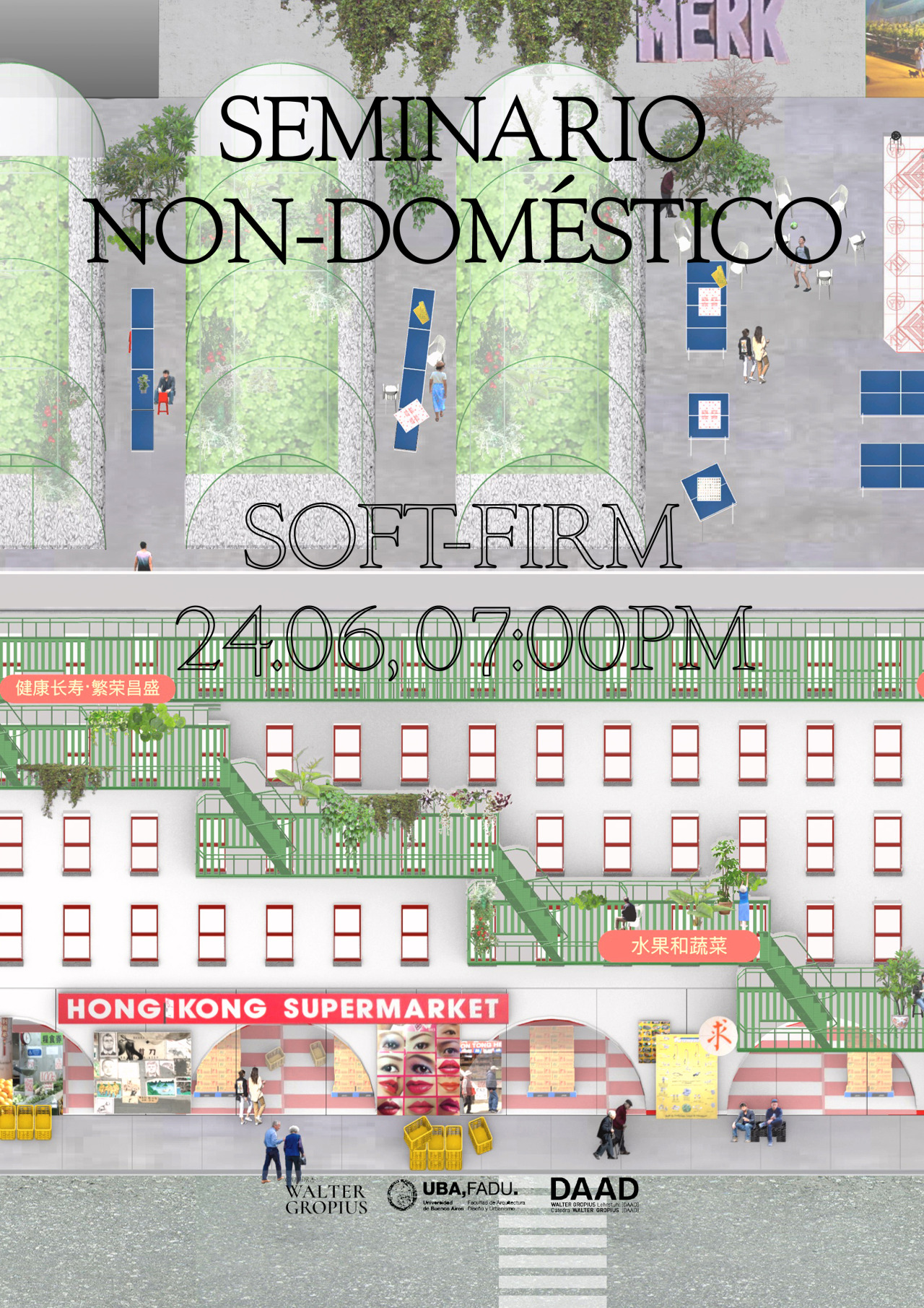
Future of Work
Various drawings and images on the future of the office.
The office today is a state of mind. While the office space was once an indispensable sharing infrastructure for work, digital technology now renders it obsolete in favor of devices, platforms, apps, and clouds. A shared server connection is just as primary as physical proximity to a coworker. Increasingly sophisticated algorithms anticipate and restructure our social interactions. If the Modernist office found its efficient spatial logic from the Fordist factory, technology has pushed work into the realm of the digital commons, and liberated the contemporary workspace by divorcing productivity from space.
+PLAT 7.0 Sharing
+Depot (Reproduction)
+FRAME Magazine
+Design TO
Various drawings and images on the future of the office.
The office today is a state of mind. While the office space was once an indispensable sharing infrastructure for work, digital technology now renders it obsolete in favor of devices, platforms, apps, and clouds. A shared server connection is just as primary as physical proximity to a coworker. Increasingly sophisticated algorithms anticipate and restructure our social interactions. If the Modernist office found its efficient spatial logic from the Fordist factory, technology has pushed work into the realm of the digital commons, and liberated the contemporary workspace by divorcing productivity from space.
+PLAT 7.0 Sharing
+Depot (Reproduction)
+FRAME Magazine
+Design TO
